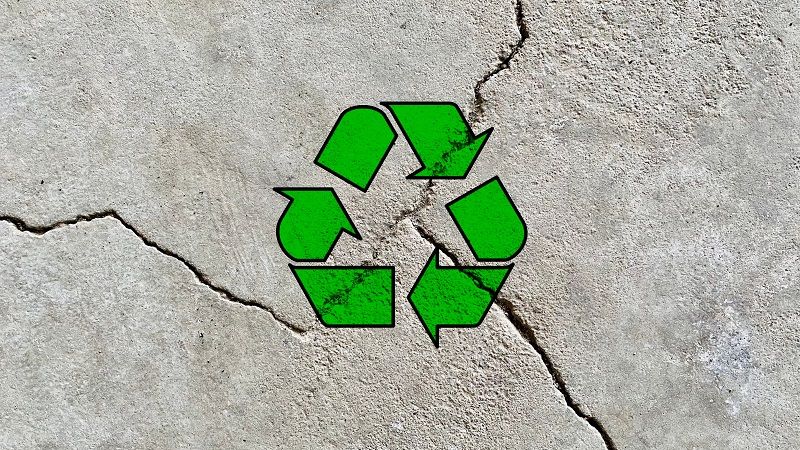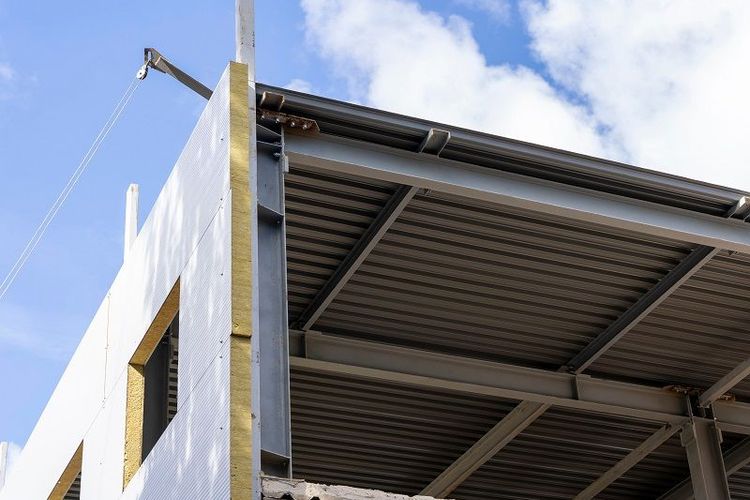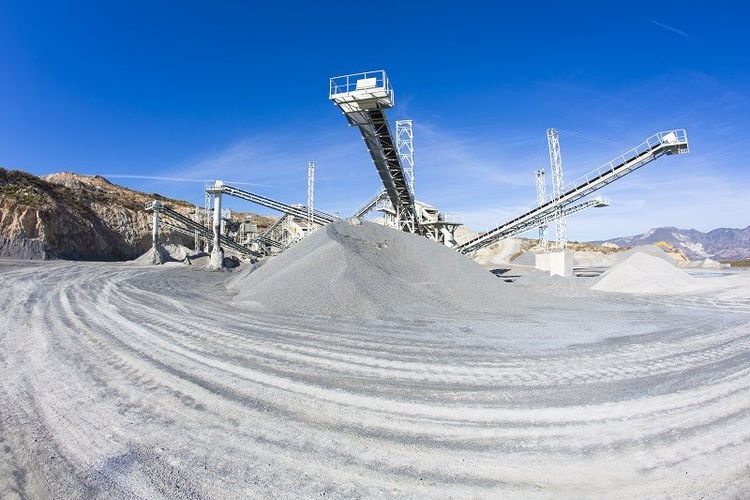Green building is the goal of creating and maintaining structures in a way that is environmentally friendly. To build climate-conscious constructions, everyone must collaborate, including engineers, architects, and contractors. It is also essential to use alternative materials that are more environmentally friendly than traditional ones.
Unfortunately, the construction industry is responsible for approximately 25 percent of Global Greenhouse Gas Emissions (GHG) as stated by the McKinsey report. Concrete, made from cement, is the largest contributor. It accounts for 4.5 percent of global GHG emissions and 7.0 percent of CO2 emissions in 2019. To effectively address the climate challenge, it is crucial to decarbonise the cement and concrete sector. However, existing technologies can only achieve a 30 percent reduction in carbon emissions. This falls short of the global target of limiting temperature increases to 1.5 degrees celsius above pre industrial levels. Therefore, it is imperative to develop and implement innovative technologies such as Carbon Capture, Utilisation, And Storage (CCUS).
Objectives which green cements serves
Green cement is an alternative to traditional cement that aims to reduce environmental impact. It addresses concerns related to carbon emissions, energy consumption, and resource depletion.
Traditional cement production contributes to greenhouse gas emissions, primarily due to clinker production. Clinker is produced by heating limestone and other raw materials at high temperatures, resulting in carbon dioxide (CO2) release. Additionally, the extraction of raw materials, such as limestone and clay, and the energy-intensive process of grinding and blending them further contribute to the environmental footprint of cement production.






 +91 7208055523
+91 7208055523
 Help & support
Help & support
